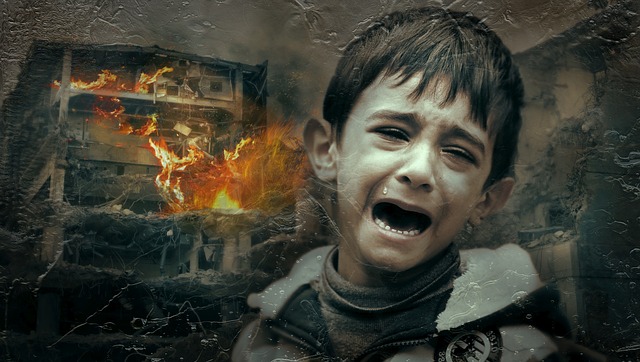Posttraumatic Stress Disorder (PTSD) is diagnosed with individuals who have been exposed to Traumatic events and who continue to have distressing anxiety-related symptoms for some time after the event itself.
Q: What is a Traumatic event?
A: The DSM-5 describes a traumatic event as “exposure to actual or threatened death, serious injury, or sexual violence” and the exposure can be direct, witnessed as an observer, or even learning about the event having occurred to someone close to them. Even repeatedly hearing about troubling details of events which one did not witness can be considered traumatic.
Q: What are the symptoms of PTSD?
A: There are several possible symptoms such as:
- Uncontrollable and repeated remembering of details of the event (also dreams, flashbacks, etc)
- Distressing fear and anxiety or behavioural reactions whenever anything reminds them of the traumatic event.
- Feeling the need to be constantly alert and on-guard
- Difficulty concentrating and sleeping
- Self-blame regarding the trauma
- Diminished interested or participation in activities
- Memory concerns.
Q: What sort of behaviours might we notice in people who have PTSD?
A: There are several possible behaviours such as:
- Strange behaviour or reactions to things or events that don’t make sense to others.
- Constantly looking out for threats in their surroundings
- Avoidance of crowds or crowded areas.
- Negative emotions that persist such as fear, anger, guilt or shame.
- Irritable behaviour; angry outbursts.
- Mistrust of others.
Q: How common is PTSD?
A: Approximately 8-9% of people will meet the criteria for PTSD at some point in their lifetime.
Q: How can I help someone who has PTSD?
A: There are several ways that may be helpful:
- Understand PTSD. You don’t have to be an expert to understand the basics of what PTSD is; also, try to understand the sufferer’s unique symptoms and story.
- Be supportive. Be warm and inviting but respect if the sufferer does not want to talk, or talk yet. A sense of safety can take time.
- Empathize. While you may not experience their negative emotions or reactions, try to understand why they may be experiencing them and validate their distress.
- Be Careful. Talking with a sufferer about their trauma may be unhelpful as it may trigger very difficult emotions.
- Communicate well. Listen well; don’t blame; be clear and concise; be positive.
- Deal well with their irritability and outbursts.
- Be sensitive to when the sufferer is struggling and may need extra space.
- Be a calming presence.
- Ask if you can be helpful in any way, and ask how you can be helpful.
- If safety is an issue or the sufferer is behaving in an unacceptable manner, remember that assertiveness is about expecting respect AND giving respect.
- Be warm and inviting after an outburst and try to understand the sufferer’s perspective and their feelings in the moment.
- Self-care. Care for yourself and get support if needed for any emotional reaction that you may have to the sufferer’s behaviour and/or story.
Q: Is PTSD becoming more prevalent?
A: Yes, the statistics seem to imply that it is becoming more prevalent. Sebastian Junger (2016) proposes that increasing PTSD rates, despite decreases in war and violence globally, are the result our changing societies. Tribal groups viewed adversity as an opportunity to come together as communities and support each other; while our current industrialized societies seem to send a message that adversity must be avoided at all costs and that the inability to cope without help is shameful.
Remember, the key is SUPPORT
References.
American Psychiatric Association. (2013). Diagnostic and statistical manual of mental disorders (5th ed.) Arlington, VA:
American Psychiatric Publishing.
Junger, S. Tribe: On Homecoming and Belonging. New York: Twelve Books.

